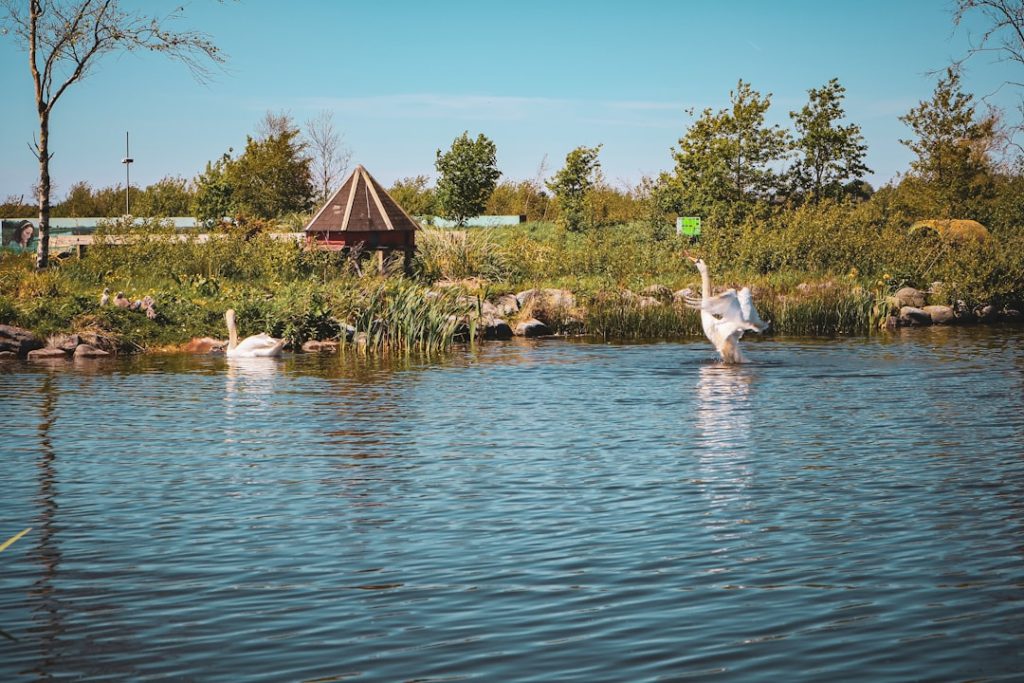The International Union for Conservation of Nature (IUCN) stands as a pivotal organization in the global conservation landscape. Established in 1948, IUCN is the world’s first global environmental organization, bringing together governments, NGOs, scientists, and local communities to promote sustainable development through sound environmental practices. With a mission to influence, encourage, and assist societies throughout the world to conserve the integrity and diversity of nature, IUCN plays a crucial role in shaping conservation policies and practices.
The organization is renowned for its Red List of Threatened Species, which serves as a critical indicator of the health of the world’s biodiversity. IUCN operates through a unique membership structure that includes over 1,400 organizations, comprising both state and non-state actors. This diverse membership allows IUCN to leverage a wide range of expertise and resources, facilitating collaborative efforts in conservation initiatives.
The organization’s work spans various ecosystems, including forests, wetlands, mountains, and oceans, making it a key player in addressing the multifaceted challenges posed by environmental degradation and climate change. By fostering partnerships and promoting knowledge sharing, IUCN aims to create a sustainable future where nature and humanity can thrive together.
Importance of Forests and Wetlands in Conservation Efforts
The Importance of Forests
Forests cover approximately 31% of the Earth’s land area and are home to more than 80% of terrestrial species. They act as carbon sinks, absorbing carbon dioxide from the atmosphere and helping mitigate climate change. Additionally, forests provide essential resources such as timber, fuelwood, and non-timber forest products that sustain millions of livelihoods worldwide.
The Role of Wetlands
Wetlands, often referred to as the “kidneys of the Earth”, filter pollutants and regulate water cycles. These ecosystems encompass marshes, swamps, and peatlands, which are crucial for maintaining water quality and providing habitat for diverse flora and fauna. Wetlands also play a significant role in flood control and groundwater recharge, making them indispensable for both environmental health and human well-being.
Interdependence and Conservation
The interdependence of forests and wetlands highlights their importance in conservation efforts; protecting one often means safeguarding the other.
IUCN’s Conservation Priorities for Forests
IUCN has identified several key priorities for forest conservation that align with its broader mission of promoting sustainable development. One of the foremost priorities is the protection of forest biodiversity. This involves not only conserving endangered species but also preserving the genetic diversity within forest ecosystems.
IUCN advocates for the establishment of protected areas and the implementation of sustainable forest management practices that balance ecological integrity with economic needs. Another critical focus area is combating deforestation and forest degradation. IUCN works with governments and local communities to develop policies that promote reforestation and afforestation initiatives.
For instance, the Bonn Challenge aims to restore 150 million hectares of deforested and degraded land by 2020, with IUCN playing a significant role in mobilizing resources and expertise for this global effort. By promoting sustainable land-use practices and engaging local communities in conservation efforts, IUCN seeks to create resilient forest ecosystems that can withstand the pressures of climate change.
IUCN’s Conservation Priorities for Wetlands
In parallel with its efforts for forests, IUCN places significant emphasis on wetland conservation. Recognizing that wetlands are among the most threatened ecosystems globally, IUCN prioritizes the protection and restoration of these vital areas. One of its key initiatives is the Ramsar Convention on Wetlands, an international treaty aimed at conserving wetlands through local and national actions.
IUCN supports countries in implementing this convention by providing technical guidance and facilitating knowledge exchange. Moreover, IUCN emphasizes the importance of integrating wetland conservation into broader water management strategies. This approach acknowledges that wetlands are not isolated ecosystems but are interconnected with rivers, lakes, and coastal areas.
By promoting integrated water resource management (IWRM), IUCN encourages stakeholders to consider the ecological functions of wetlands when planning development projects. For example, in regions prone to flooding, restoring wetlands can serve as a natural buffer against extreme weather events while also enhancing biodiversity.
Challenges and Opportunities in Conservation Efforts for Forests and Wetlands
Despite the critical importance of forests and wetlands in global conservation efforts, numerous challenges persist. One major obstacle is the ongoing threat of climate change, which exacerbates existing pressures on these ecosystems. Rising temperatures, altered precipitation patterns, and increased frequency of extreme weather events can lead to habitat loss and degradation.
Additionally, human activities such as urbanization, agriculture expansion, and industrial development continue to encroach upon these vital ecosystems. However, these challenges also present opportunities for innovative solutions. The growing recognition of nature-based solutions (NbS) offers a promising avenue for addressing environmental issues while enhancing resilience.
NbS involves using natural processes to tackle societal challenges such as climate change adaptation and disaster risk reduction. For instance, restoring mangroves along coastlines not only protects against storm surges but also provides critical habitat for marine life. By promoting NbS approaches, IUCN encourages stakeholders to invest in conservation strategies that yield multiple benefits for both people and nature.
The Future of Conservation Priorities for Forests and Wetlands
As we look toward the future, the conservation priorities set forth by IUCN for forests and wetlands remain more relevant than ever. The interconnectedness of these ecosystems necessitates a holistic approach to conservation that recognizes their shared challenges and opportunities. By fostering collaboration among governments, NGOs, local communities, and private sectors, IUCN aims to create a unified front against environmental degradation.
The path forward will require innovative thinking and adaptive management strategies that can respond to changing conditions on the ground. Engaging local communities as stewards of their natural resources is essential for ensuring sustainable outcomes. Education and awareness-raising initiatives can empower individuals to take action in their own communities while fostering a sense of ownership over conservation efforts.
In conclusion, the future of conservation priorities for forests and wetlands hinges on our collective ability to adapt to emerging challenges while seizing opportunities for collaboration and innovation. With organizations like IUCN leading the charge, there is hope for a sustainable future where both people and nature can thrive together in harmony.
